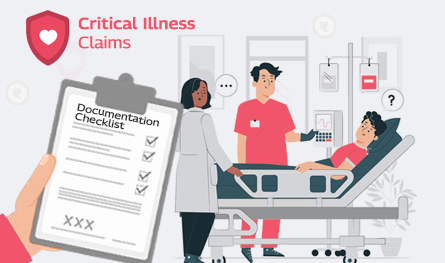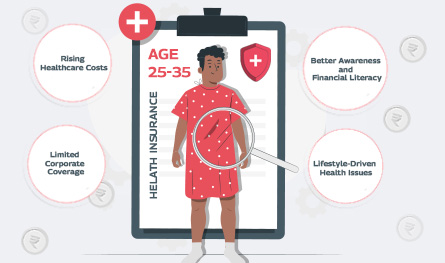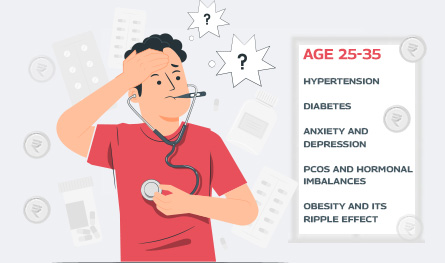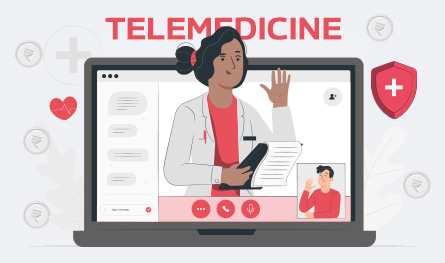Related Articles
 Jan 08, 2025
Jan 08, 2025
Is Varicose Vein surgery covered under the health insurance policy in India
 Health Insurance
Health Insurance


Critical illness insurance is a special secured health insurance protection cover that allows enhanced financial security in the event of treating several complicated ailments. Not all CI plans allow coverage for all sorts of critical ailments. The types of diseases covered remain mentioned in the policy documents.
Once the insured individual is diagnosed with any of the listed critical ailments, the insurer will offer a lump sum, depending on the sum insured amount, provided he/she outlives the designated survival period as per the plan terms.
Once this claim is settled, the plan automatically gets cancelled and becomes null and void.
The importance of CI insurance can never be exaggerated. However, you need to understand the claim settlement procedure to enjoy its complete benefits:
The critical illness claims settlement procedure is simple and user-friendly. You simply need to follow these few steps to complete the process:
To ensure smooth critical illness claims, you need to submit the following documents to your respective insurance provider:
While applying for critical illness claims settlement, you need to consider these aspects to negate the possibilities of claim rejection:

Paybima Team
Paybima is an Indian insurance aggregator on a mission to make insurance simple for people. Paybima is the Digital arm of the already established and trusted Mahindra Insurance Brokers Ltd., a reputed name in the insurance broking industry with 17 years of experience. Paybima promises you the easy-to-access online platform to buy insurance policies, and also extend their unrelented assistance with all your policy related queries and services.

Relocating your two-wheeler to a different state needs to follow many procedures. Depending on the duration for which you are moving to the new place, it becomes necessary to transfer your vehicle papers if it is for more than a year. Although tedious, the process of relocating vehicles can become easy if you follow certain tips mentioned in this post. Read on!


In what’s being called a quiet healthcare revolution, India’s young working professionals are reportedly making the most health insurance claims – outpacing even senior citizens. Surprised? So are the insurance providers. Young adults ranging between 25 and 35 years, who are often assumed to be in peak health, are now dominating the charts in health insurance claims by age.


If you think lifestyle-related health issues only show up after 40, think again. Youth no longer guarantees immunity. Today’s 25 - 35 age group is increasingly facing medical issues that only plague older adults. The reason? Long working hours at the desk, deliveries on speed dial, and a social life that rarely includes a decent amount of sleep are some of the reasons for the early onset of medical conditions like diabetes, anxiety, and hypertension.


Remember when a simple doctor’s visit felt like planning a mini-event? First, you had to book an appointment days ahead, then sit in a crowded waiting room, scrolling aimlessly while watching the clock tick past your slot. It's not exactly the highlight of anyone’s week. Well, those days are pretty much over. Enter telemedicine – the futuristic healthcare option that is slowly becoming the cornerstone of modern medical insurance plans. From coughs to consultations, you can now connect with a doctor from your living room or your office—or even mid-binge on your favourite series. It’s healthcare that works around your schedule, not the other way around.
